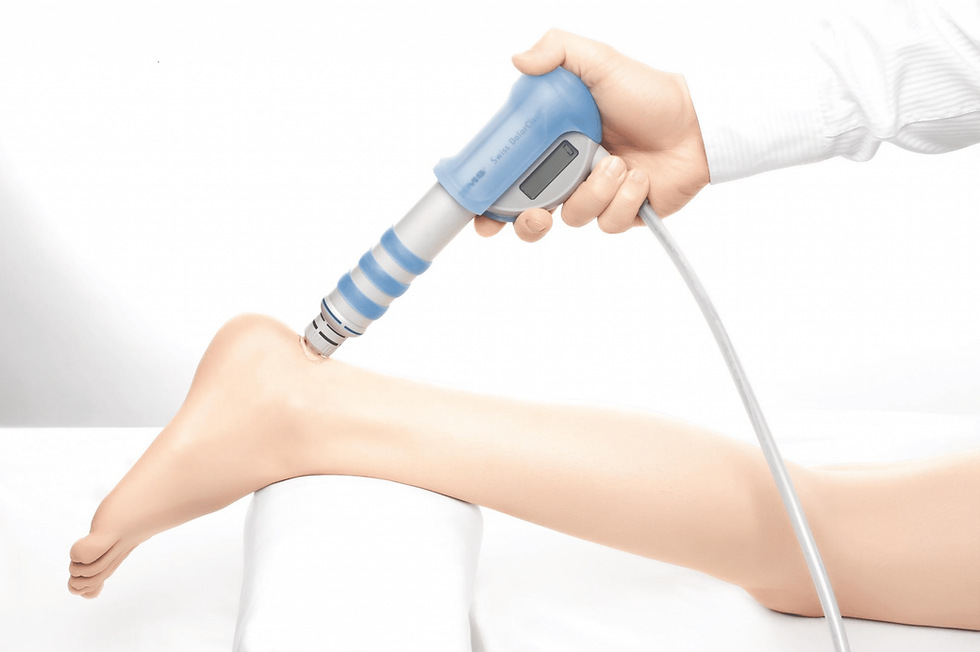Understanding Work-related Musculoskeletal Disorders (WMSDs)
- optimaphysioc
- Apr 20
- 3 min read
Updated: Jun 3

Introduction to WMSDs
Work-related musculoskeletal disorders (WMSDs) are a significant concern in many workplaces. These disorders affect muscles, joints, nerves, cartilage, spinal discs, and tendons. They are often caused or worsened by physical tasks performed in an occupational setting. Common work patterns that can lead to WMSDs include overexertion, repetitive motion, fixed or constrained body positions, and insufficient recovery between movements. These factors can concentrate force on smaller body parts such as hands or wrists.
Musculoskeletal disorders (MSDs) encompass injuries and conditions that can affect the back, joints, and limbs. These issues can severely reduce a person's quality of life. Many individuals either develop a musculoskeletal disorder or find that their condition is exacerbated due to work-related activities.
Statistics on WMSDs
According to HSE statistics, in 2021/22, 477,000 workers suffered from work-related musculoskeletal disorders. This alarming statistic translates to 7.3 million working days lost due to these disorders. To mitigate these issues, it's essential for employers to prioritize the protection of their employees from work-related MSDs.
Employer Responsibilities
Employers have a crucial role in safeguarding workers from the risks of musculoskeletal disorders (MSDs) that can arise from work activities. Here are some ways they can help prevent or minimize risks:
Implement ergonomic solutions in the workplace.
Ensure regular breaks to reduce the risk of developing MSDs.
Encourage early reporting of symptoms to facilitate prompt treatment and rehabilitation.
While it's impossible to prevent all MSDs, employing proactive measures can significantly reduce their occurrence.
Commonly Affected Areas
The body areas most susceptible to MSDs include:
The lower back
Shoulders, forearms, wrists, hands, and neck
Hips, legs, knees, ankles, and feet
Managing the Risk of MSDs
Managing the risk of MSDs in your workplace is vital. If these risks exist, consider both general risk assessments and specific assessments to identify potential hazards, including:
Manual handling activities
Repetitive tasks and awkward postures
Health risks associated with display screen equipment (PCs, laptops, tablets, and smartphones)
Exposure to vibrations from mobile machinery or powered hand-held tools
Understanding the Causes of Musculoskeletal Disorders
Numerous risk factors contribute to MSDs, depending on the type of work performed. It's essential to analyze the risks associated with various tasks, starting with:
Bending, crouching, or stooping
Lifting heavy or bulky items
Pushing, pulling, or dragging heavy loads
Stretching, twisting, and reaching
Performing repetitive hand or arm motions
Sustaining excessive force during tasks
Working long hours on a single task
Prolonged use of display screen equipment
Utilizing hand-held power tools for extended periods
Driving heavy vehicles for long distances or over rough terrain
Additionally, risks may arise from the work environment or poorly organized tasks, including:
Uncomfortable temperature or lighting
High work pressure or demands
Lack of breaks, contributing to fatigue and stress
Gathering ergonomic risk assessments and workstation evaluations can help identify environmental influences.
Individual Factors
Individual vulnerabilities can also lead to MSDs. Risk factors include:
Recent or existing injuries or health conditions
Personal differences, as some individuals may be more affected by certain risks
Vulnerable groups, such as young workers, pregnant employees, or those new to the job
Working beyond physical capabilities
Fatigue from inadequate rest
Ergonomic Solutions from OHLP
At OHLP, we offer guidance on determining a worker's suitability for their role. We assist in collecting the necessary information and tools needed to assess office tasks, identify issues, and create effective solutions. We can help individuals arrange their workstations to match their style and assess ergonomic risks. Addressing these concerns enhances workstations and contributes to developing better work methods.
Most people with MSDs can recover fully, provided the issue is recognized early and treated appropriately.
Legal Considerations Regarding MSDs
Several laws pertain to musculoskeletal disorders, and additional regulations may apply within specific industries. To learn more about relevant legislation, you can find comprehensive information here.
In conclusion, if you aim to improve your mobility, productivity, and alleviate pain, we are dedicated to supporting you in reaching your health goals. For a complete overview of our services, please visit our website. Should you have any questions, feel free to reach out via email or through our contact page for further assistance.



Comments